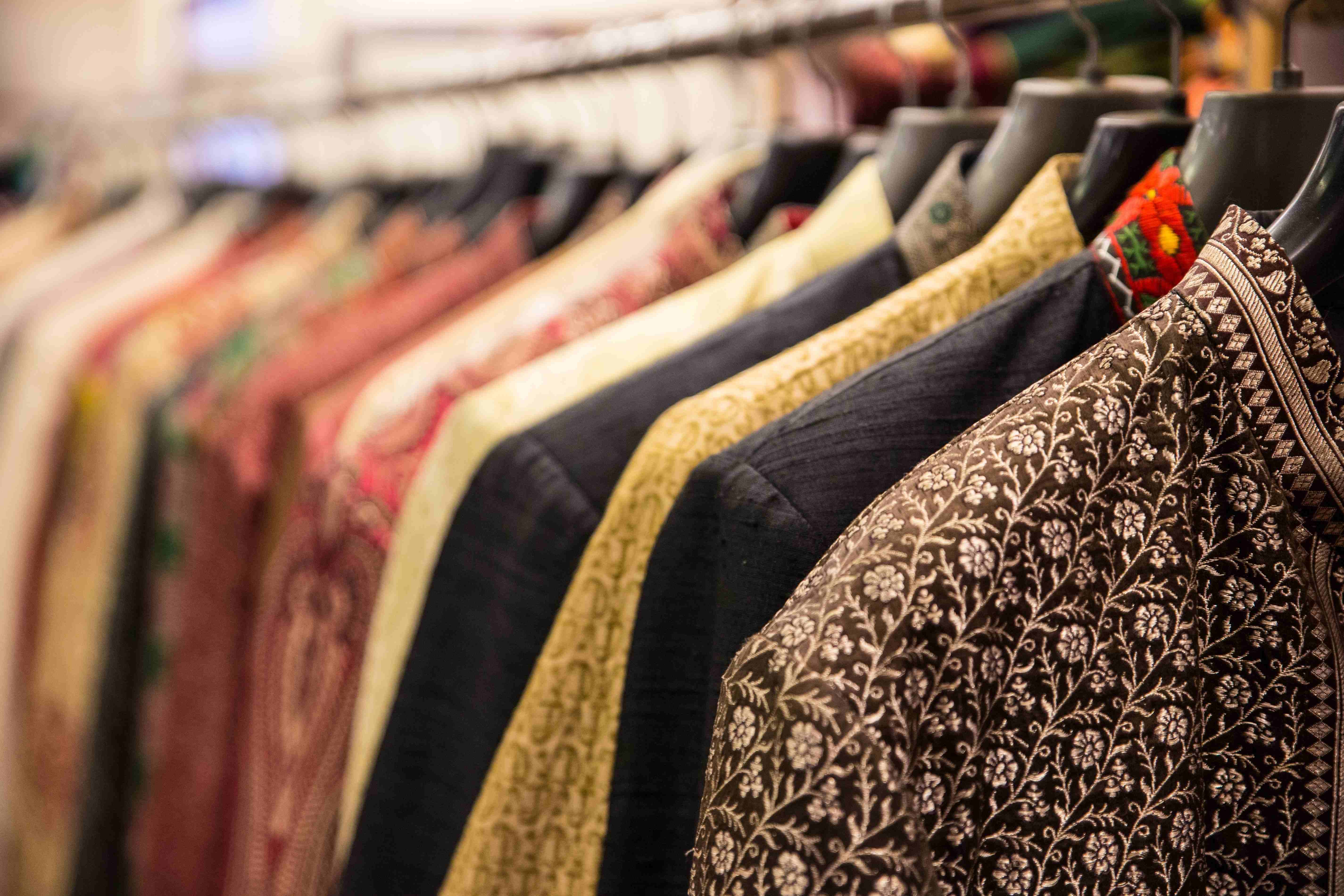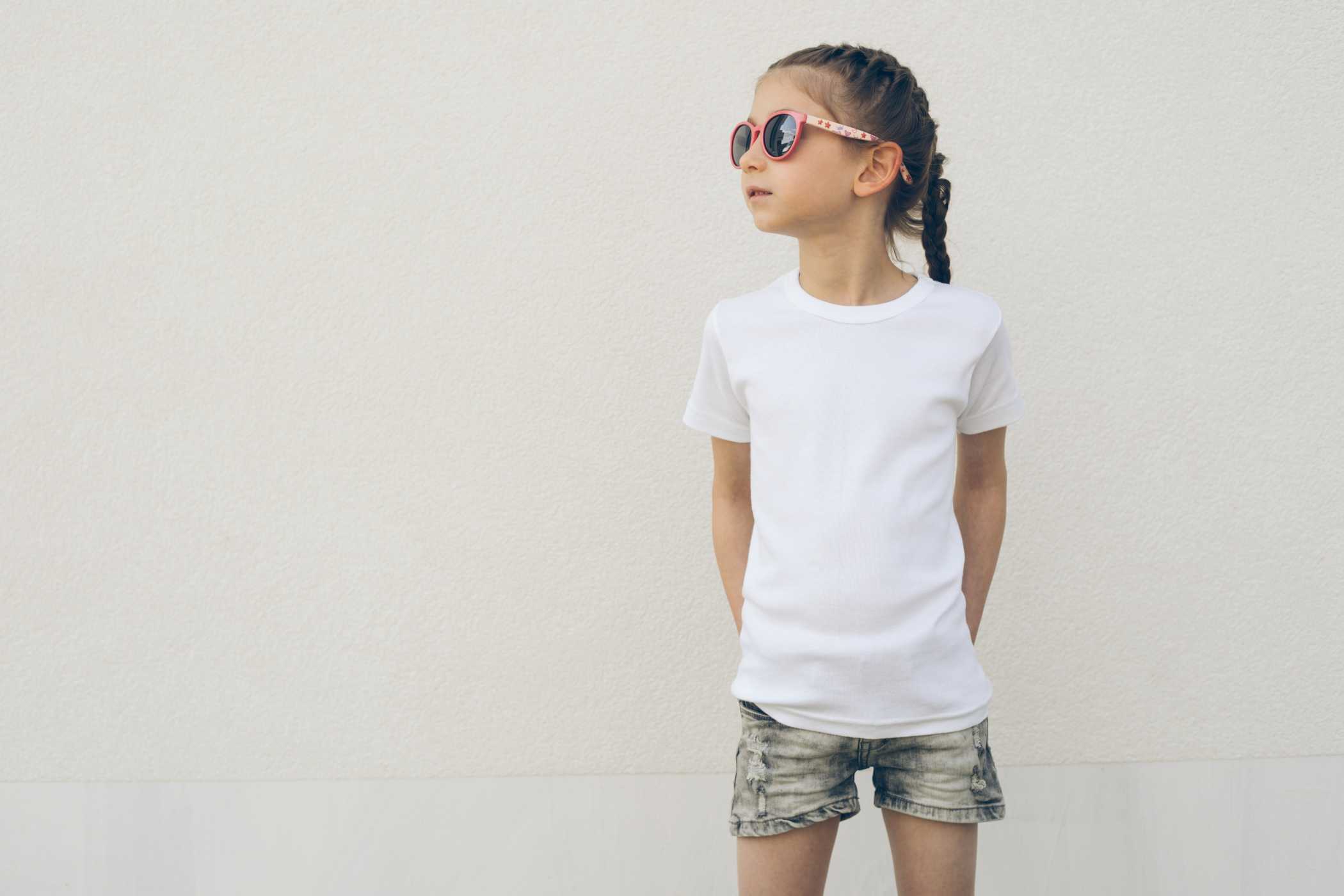10 Tips To Start Your Customized Shirts Business

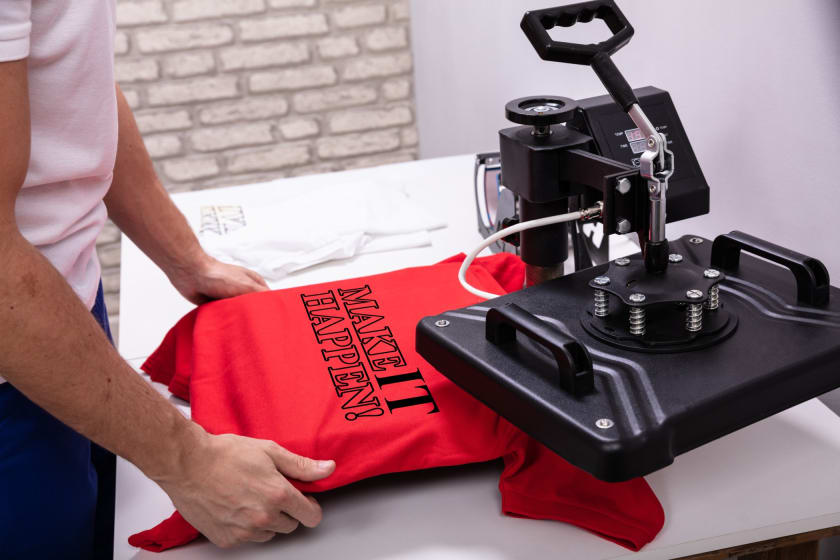

Shirts are no longer just casual outfits but pieces of clothing that reflect interests, personalities, and identities. Hence, manufacturing specialized t-shirts is an exciting business proposition for artists and entrepreneurs. Also, starting your own customized t-shirt business requires very low capital investment.
With the growing popularity of this business comes excessive competition. However, by following some key brand-building techniques and understanding your customer base, you can stand out and become successful in the competitive customized shirt printers' business.
Here are 10 tips to make your own customized shirts and start your own shirt printers' business along with capturing customers for success:
1. Pick A Niche
Any new business needs a strong niche, and you must have a particular niche for your t-shirt business to draw a potential audience. That does not mean you can go about picking any niche randomly. The critical factor is to stand out to build a successful business, and one of the best ways to do this is by catering to a particular interest group or audience.
Mostly, t-shirts with memes or funny slogans would be too broad in a developed market. So amp it up a little more by printing your t-shirts with specific slogans that relate to a target audience like pet lovers, gaming enthusiasts, or writers.
There are many ways you can find a valuable and quick-moving niche like:
● Scanning a list of popular interests and hobbies online for inspiration
● Using the Facebook audience insight tool to find a large number of interests
● Consider your own community or interests if you have a specific audience within your circle.
2. Ensure Quality
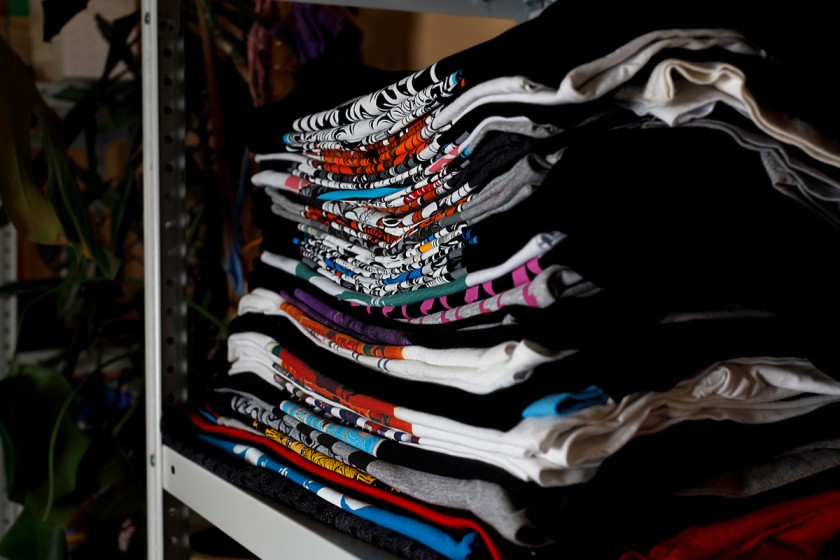
The quality of your t-shirt matters most when building a business. Disappointing a customer once can be considered a mistake, but repeatedly offering poor quality can damage your shirt printers' business permanently. Creating a printed pattern that cracks, tears, rips or shrinks can prevent your potential customers from coming back and purchasing your products. You might need to invest in high-quality products that cost a lot, but people are willing to pay the price if the quality is top-notch. An excellent way to start is by searching for a good manufacturer through Fashinza.
3. Design
The last thing your customer wants to see is an exact copy of designs found all over the internet. This does not mean that your designs must be complex, but they must be unique and connect with your audience. Ensure that the print is high-quality and at least 300 DPI, which is large enough to stand out.
4. Your Brand and Logo
The brand and logo speak for the business! It is something that ties together your designs, quality and niche. Hence, create a unique brand that can overcome even the stiffest competition in the shirt printers' business or fashion industry.
5. Source Good Quality Fabric
High quality is the secret to success of any t-shirt brand. Hence, be informed about the latest types of equipment and inventories needed to provide state-of-the-art t-shirts to your customers. Although it might be tempting to give up on quality to reap high-profit margins, it can disturb your brand's reputation in the long run.
A quality t-shirt includes several factors like sizing, fit, softness, material, and weight. Try out a few fabric manufacturers and sample them yourself to narrow down on your choice of suppliers.
6. Source Designers or DIY
If you do not know how to implement your design ideas, hire a professional t-shirt designer. This can be a full-time graphic designer or look for freelance options and networks like Fiverr or Upwork! There are also options to purchase readily available designs. But a major drawback of this option is that many other people may have also bought them, making it harder for your brand to stand out.
7. Pick Your Printer
Every t-shirt print is different, and hence, you need different types of printers to do the job. Following are the three most popular printing methods for t-shirts, and we have outlined all their major pros and cons for your convenience.
● Screen Printing
This is one of the oldest techniques that stands unbeatable to date. It is one of the most popular methods for T-shirt printing because it produces long-lasting results. The only drawback is that setting it up is a bit labour-intensive, and this process is only cost-effective when printed in bulk. At times, screen printing can also be nerve-wracking when it comes to complex designs with more than 5 to 6 colours, as it increases production time and costs. So if you are just starting, this might not be the right printing technique for you. However, if you have been in the business for long and are looking to expand, give it a go.
● Heat Transfer
This printing technique has also been around for a long time and is available in various sizes and forms. You may have also seen a basic heat transfer paper at your local printing store. Even though it is easy to print your designs from your home computer and transfer them with a simple iron, it is hard to cope with massive demand when running a business.
An advanced form of this printer, called the Plastisol Transfer, is also available in the market today. This process uses high-quality transfer paper to print on t-shirts. With this specific technique, you can order many prints from your local printer and transfer them onto your t-shirts with a commercial quality heat press machine. The major advantage of this technique is that you can produce high-quality full-colour images very easily and quickly.
● DTG
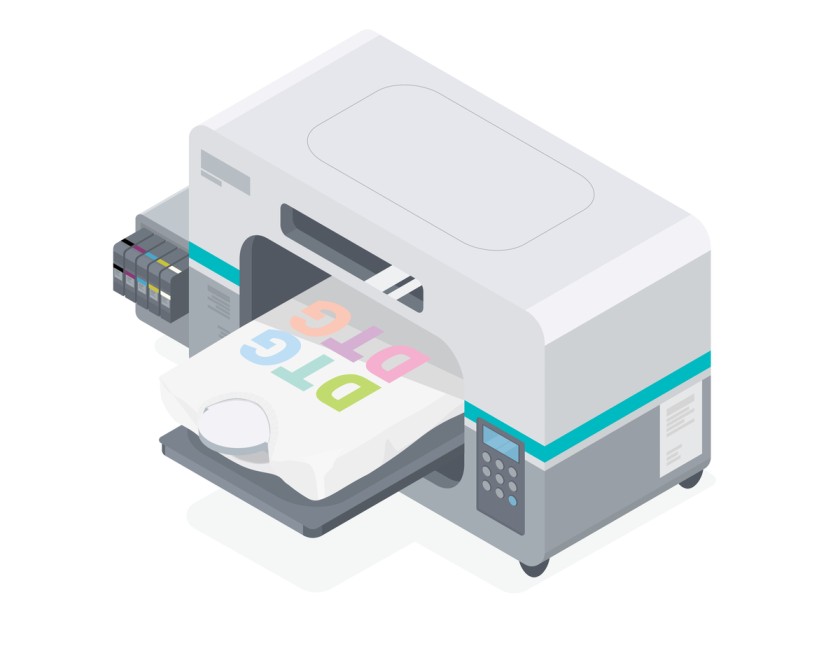
The direct to garment (DTG) printing process works just like your inkjet printer at home. It prints directly onto the t-shirt and creates accurate full-colour images. DTG printing gives you better quality designs than heat transfers and minimizes setup costs. This means you can print even small orders effectively and at lesser costs.
The only disadvantage of this technique is the time taken to print large orders, as it takes the same amount of time to print every single t-shirt.
Now that you know the printing techniques used in the market, choose the right one that suits your business for now. You can also start with a simple DTG printer and move on to a larger device as you expand your business.
8. Good Pictures
Once you have your final designs, print them on a few actual t-shirts, and do the product photography either by yourself or by hiring a professional photographer. This allows the customer to see the final design and know how it will look on a real t-shirt. You can also use Adobe Photoshop's t-shirt templates to create an instant preview of how the designs will look printed on a t-shirt. Many Photoshop templates also come with various features that allow you to change the colour of the shirt and blend the folds and creases to create a professional quality picture.
Make sure the pictures are of high quality to attract potential customers to your brand.
9. Validate Your Products
Before you end up printing many t-shirts and investing a huge sum of money in your business idea, always verify the interest and market for your designs. Validate your products and ideas on social networks like Instagram, Twitter, and Facebook groups to get honest feedback and opinions from your followers.
Another way is to set up a trial store on a few e-commerce platforms and check if your designs are noticed online.
10. Set Up A Store (online or offline)
Now that you have your product ready and have validated your idea, you can either start an online store through social media platforms like Instagram and Facebook or continue your business through e-commerce websites. To get more customers, create a website showcasing all-year designs so that your customers can find and purchase them easily.
Conclusion
Creating your own shirt printers' business might seem like a difficult task, but you would know that it was all worth it once you get started. Finding good merchandise and quality materials is also now made easy with the help of Fashinza.com. They are a leading manufacturing platform in the fashion industry that connects small and large businesses to manufacturing communities to create an effective and effortless flow of business.















